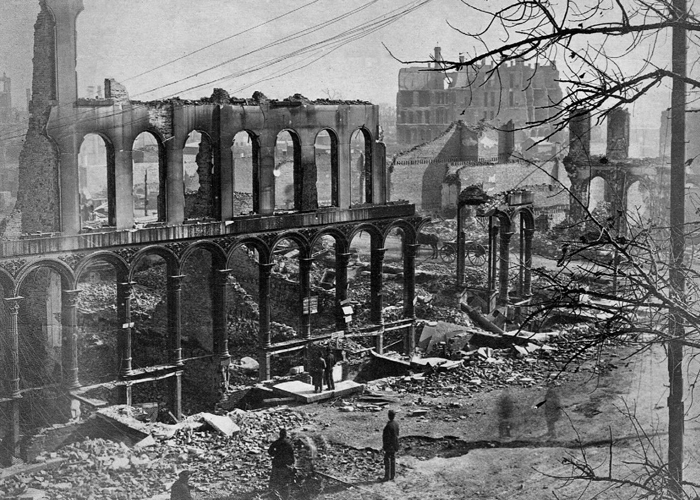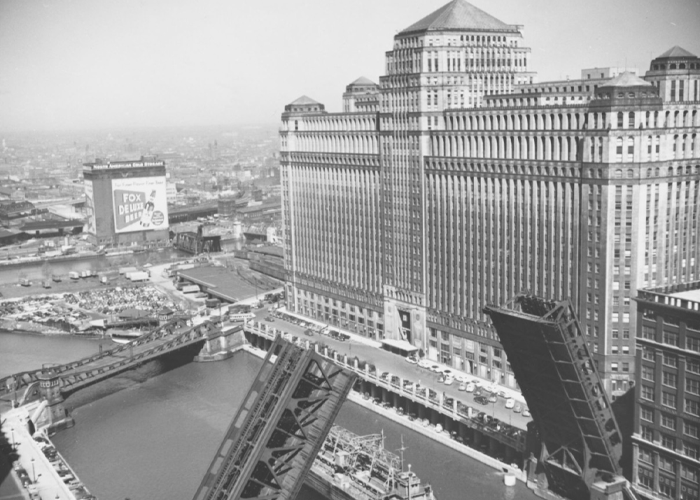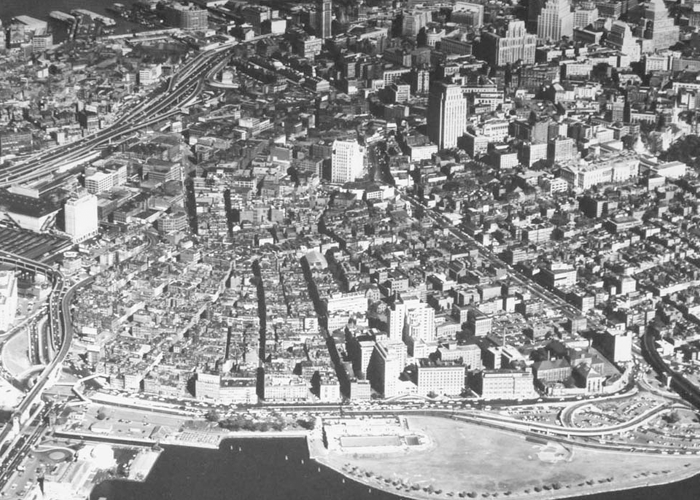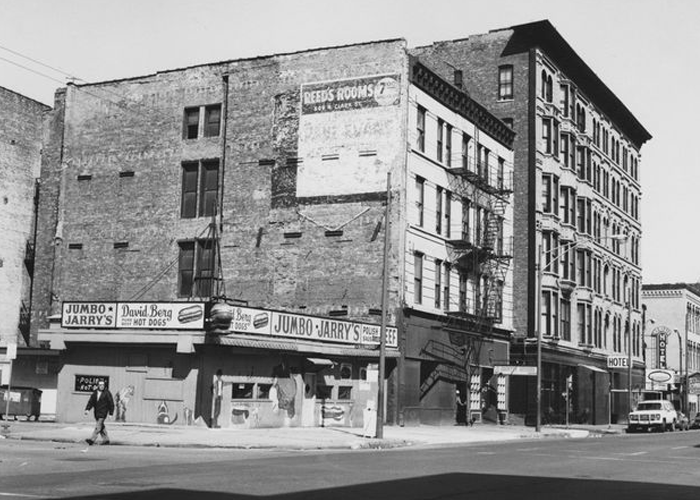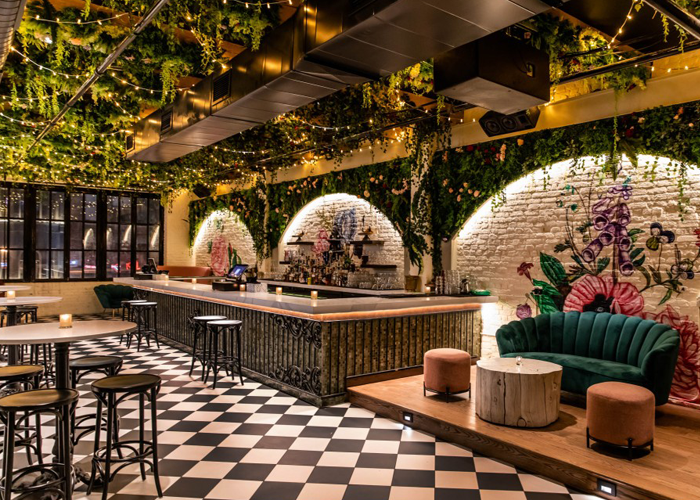Some Facts Around the History of River North
It emerged as an urbanized location in the wake of the Great Chicago Fire of 1871. It was rebuilt and filled with municipal buildings, housing for workers, warehouses, shipping facilities, and railroad tracks.
It was known as “Smokey Hollow” in the early 20th century since it was an area filled with so many factories that the smoke used to block the sunlight.
In 1920 was the opening of the Michigan Avenue Bridge, inspired by the Burnham Plan of 1909.
The industrial area became a warehouse district with the construction of the Merchandise Mart opened in 1930; this 25-story building quickly became a significant center for commerce and media.
In the 1950s, the city turned to urban renewal. It cleared and sold the central strip between Clark and LaSalle Streets to developer Arthur Rubloff for Sandburg Village.
In 1974, Smokey Hollow became officially River North, thanks to Albert Friedman, a Chicago real estate developer. By the end of the 70s, River North started to shake off its reputation as a rough district and became a place people sought inspiration.
In the 1980s, River North’s status as a rapidly rising district led to a new ecosystem of business activity and became a center for art galleries.
From 1990 until nowadays, River North has been known as a popular destination for its nightclubs and restaurants.

